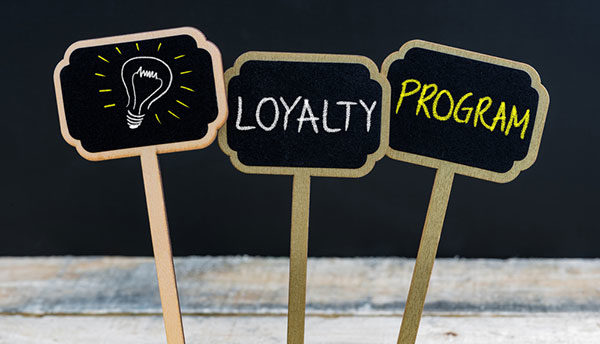Instant gratification in the form of immediate discounts and the promise of future rewards prompt consumers to sign up for loyalty programs. In the process, they’re willing to reveal e-mail addresses, ages, income levels and other valuable information. None of that necessarily ensures long-term relationships or loyalty, but it could.
Successful loyalty programs use the data they’ve collected to improve engagement with their customers and deliver relevant user experiences. That’s the conclusion of a 2018 eMarketer report on loyalty marketing and how data fuels strategies for engagement and retention. The market research company provides insights and trends related to digital marketing, media and commerce.
The study recommends three tactics marketers should use when structuring loyalty programs:
- Personalization: Using data to understand loyalty members, going beyond demographic profiles and purchasing preferences in order to discover the kind of content that will best engage those customers;
- Customer experience: Using the same data to guide a brand as it tracks the consumer journey, thereby enabling a marketers to anticipate which benefits a member will most likely be engaged with after signing up for the program; and
- Omnichannel access: Learning through interactions with members how they access a loyalty program in order to ensure that the program functions across multiple channels, including mobile.
Most important? According to Don Yee, senior consultant at the ecommerce consultancy FitForCommerce, who is included in the eMarketer study: Understanding customers so that they’re receiving the value they expect and the rewards that are most relevant to them. If that’s not happening, he says, there’s no engagement and no loyalty.

